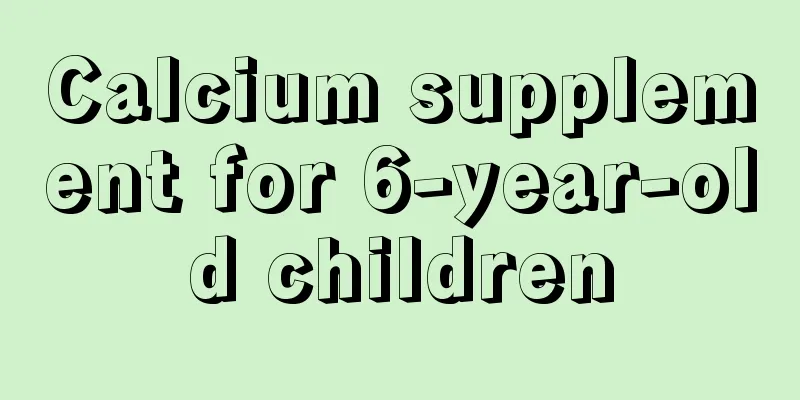How to treat vitiligo in children?

|
Vitiligo is a skin disease that mainly occurs in teenagers, but in recent years, vitiligo has become more and more common in children, and the trend is increasing year by year. There are many reasons for vitiligo in children. It may be caused by disease factors, it may be due to damage to the child's skin, and there are many other inducing factors in life. So what is the current scientific treatment for vitiligo in children? Treatment of vitiligo in children: Since the onset of vitiligo is affected by genetic, immune, mental and other factors, it causes disorders in the synthesis of melanin in local skin and hair follicles. The purpose of vitiligo treatment is to restore melanocytes in the lesions and restore the appearance and function of normal skin. However, the treatment of this disease is currently quite difficult, especially for the treatment of vitiligo in children. 1. In conventional treatment, the following methods are not suitable for children with vitiligo: ① Long-term oral administration of corticosteroids: systemic or local side effects may occur in the long term; ②PUVA: It has certain phototoxic side effects and is not suitable for children under 12 years old; ③Surgical transplantation: It is difficult for children to cooperate. 2. In conventional treatment, the treatment methods suitable for children are as follows: ① Topical application of low- and medium-acting corticosteroids: This is the first choice treatment for vitiligo in children. It is mainly suitable for small localized skin lesions and vitiligo in children, especially the skin on the hands, feet, fingers, lips and around the mouth. Halometasone cream, 0.05% clobetasone propionate or 0.1% triamcinolone acetate can be used externally twice a day. The best effect is for facial skin lesions, followed by the neck, and the other parts of the body are less effective. ②Immunoenhancer: Oral levamisole, 100 mg/day, for 2 consecutive days a week. It is suitable for the treatment of patients with localized and slowly progressive vitiligo. It is more effective when used in combination with corticosteroids. In addition, there are immune preparations such as transfer factor and polyantigen A that can be used as appropriate. However, Agarwal et al. used levamisole to treat patients with localized, slowly progressive vitiligo, and the results were not as significant as reported, and its efficacy needs further research and exploration. ③Trace elements: folic acid and vitamin B12 combined with sunlight exposure treatment. Studies have shown that the levels of folic acid and vitamin B12 in the blood of patients with vitiligo are often lower than normal. Oral administration of folic acid and vitamin B12 and local sunlight exposure are effective in treating vitiligo, but the specific mechanism of action is still unclear. Juhlin et al. observed 100 patients with vitiligo who took folic acid and vitamin B12 orally, combined with direct sunlight exposure in the summer and UVB exposure in the winter, for at least 3 to 6 months of treatment. The results showed that 52 patients showed significant therapeutic effects, 6 patients' pigmentation completely recovered to normal, and 60% of the patients' skin lesions stopped developing after treatment. |
<<: What causes bad breath in children?
>>: What’s wrong with my child’s swollen neck?
Recommend
Can children eat broad beans?
Because there is a clinical disease called favism...
Which cough medicine is best for children?
Children generally don’t like to take medicine wh...
Babies can’t turn their hands outwards. Do you know why?
Every parent will pay special attention to the ph...
How old is the baby?
"Holding back the bowel movement" is a ...
At what age is it normal for boys to lose their teeth
The time when boys and girls lose their teeth is ...
What causes white spots on children's faces?
The white spots on the child's face made the ...
Can babies get vaccinations for mild colds?
Vaccinations are generally what we often call vac...
What should I do if my child has a runny nose and cough?
Many children usually have some minor colds. Mino...
What should children eat if they have lung heat and cough?
Many children always suffer from various symptoms...
Can I bathe my baby if he has a rash?
It is the most common phenomenon for babies to ge...
What to do if baby's skin is chapped
The physical health of the baby is one of the thi...
What are the recipes for a 10-month-old baby?
From a developmental point of view, a ten-month-o...
Things to note when cutting baby's hair
In fact, babies are not familiar with this strang...
What to do if your 18-month-old baby is zinc deficient
Zinc is an essential element in the body, especia...
Treatment of intestinal gas in children
Children are more likely to be infected with bact...









